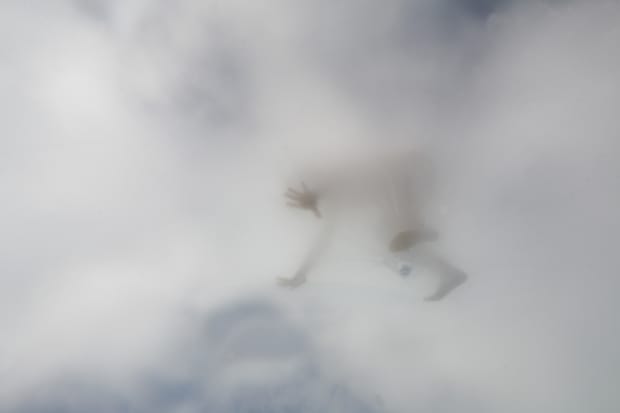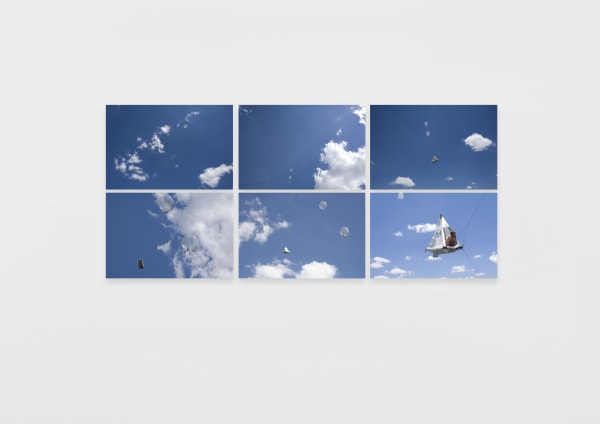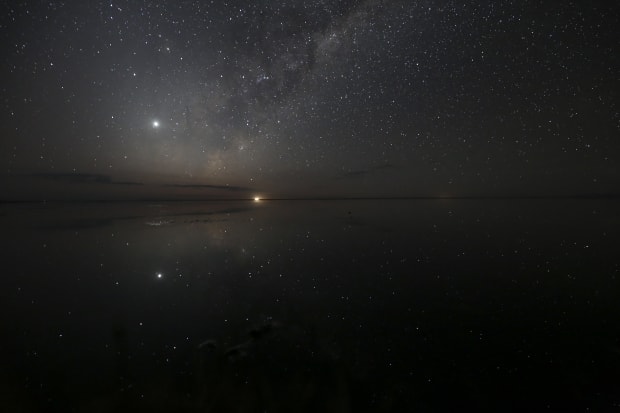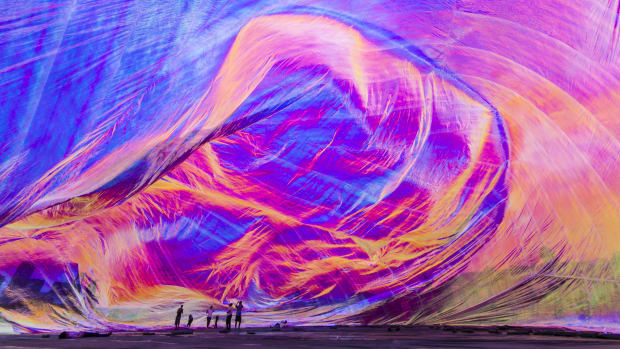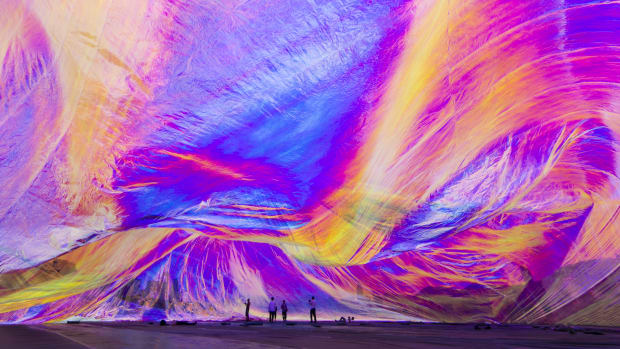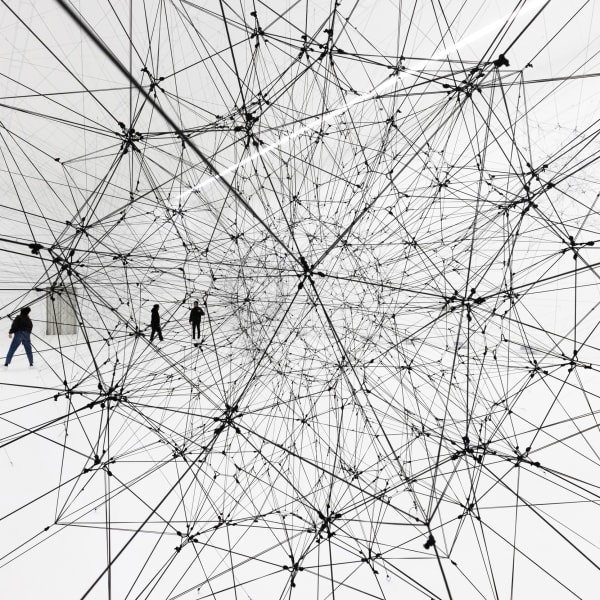-
TOMÁS SARACENO
-
-
-
-
-
-
-

-
Studio Tomás Saraceno acknowledges the profound contributions made by the communities of Salinas Grandes in their collaboration with the Aerocene Pacha project. The exchange of local knowledge and the struggles faced by the native communities as a result of the extractive lithium industry that now plagues the region was central to the narrative of the Aerocene Pacha project, and has since come to define a first step towards humanitarian action for the Aerocene Foundation. Proceeds from Fly with Aerocene Pacha supports Fundación Ambiente y Recursos Naturales (FARN), a non-profit that connects with communities in northern Argentina working to maintain biodiversity in the region.
Fly with Aerocene Pacha was produced by the Aerocene Foundation and Studio Tomás Saraceno. Supported by Connect, BTS, curated by DaeHyung Lee. Aerocene is made possible in part by the generous, long-term support of Eric and Caroline Freymond.
Born in 1973 in Tucuman, Argentina, Saraceno currently lives and works in Berlin. He studied architecture at Universidad Nacional de Buenos Aires in Argentina from 1992 to 1999 and received postgraduate degrees from Escuela Superior de bellas Ares de la Nación Ernesto de la Carcova, Buenos Aires (2000) and Staatliche Hochschule für Bildende Künste - Städelschule-Frankfurt am Main (2003). In 2009, he attended the International Space Studies Program at NASA Center Ames in Silicon Valley, CA, and was awarded the prestigious Calder Prize later that year.
Among his many exhibitions since the late 1990s, Saraceno’s important solo presentations include ARIA, Palazzo Strozzi, Florence, Italy (2020), ON AIR, Palais de Tokyo, Paris, France (2019), Tomás Saraceno: Aerographies The Utopian Practitioner and Visionary, Fosun Foundation Shanghai, Shanghai, China (2019), Tomás Saraceno: How to Entangle the Universe in a Spider Web, Museo de Arte Moderno Buenos Aires, Argentina (2017), Wilhelm-Hack Museum, Ludwigshafen, Germany (2017) Stillness in Motion — Cloud Cities, curated by Joseph Becker, Museum of Modern Art, San Francisco, CA (2016), Cosmic Jive, Tomas Saraceno: The Spider Sessions, curated by Luca Cerizza at the Villa Croce in Genoa, Italy (2014), Tomás Saraceno, HfG Karlsruhe in Karlsruhe, Germany (2014), In orbit, Kunstsammlung Nordrhein-Westfalen K21 in Düsseldorf (2013), On Space time foam, Hangar Bicocca in Milan (2012-13), Tomas Saraceno on the Roof: Cloud City, a site-specific installation commissioned for The Metropolitan Museum of Art, New York (2012), Cloud Specific, Kemper Museum of Contemporary Art, St. Louis (2011-12), Cloud Cities, Hamburger Bahnhof, Berlin (2011-12), 14 billion, Bonniers Konsthall, Stockholm (2010), traveled to BALTIC Centre for Contemporary Art, Gateshead, UK (2011), Lighter than Air, Walker Arts Center, Minneapolis, traveled to Blaffer Art Museum, University of Houston, Texas (2009-10).
Saraceno also presented two major installations at the 58th Venice Biennale in 2019 as part of the group exhibition, May You Live In Interesting Times, curated by Ralph Rugoff. In 2009, he was included in the 53rd Venice Biennale as part of the group exhibition, Fari Mondi//Making Worlds, curated by Daniel Birnbaum.
His work is presently represented in the collections of the Museum of Modern Art in New York, Miami Art Museum, Dallas Museum of Art, Musée d’Art Moderne Grand-Duc Jean in Luxembourg, Museum für Moderne Kunst in Frankfurt, San Francisco Museum of Modern Art, and the Walker Art Center in Minneapolis, Musée d'art contemporain de Montréal, Canada, among others.




